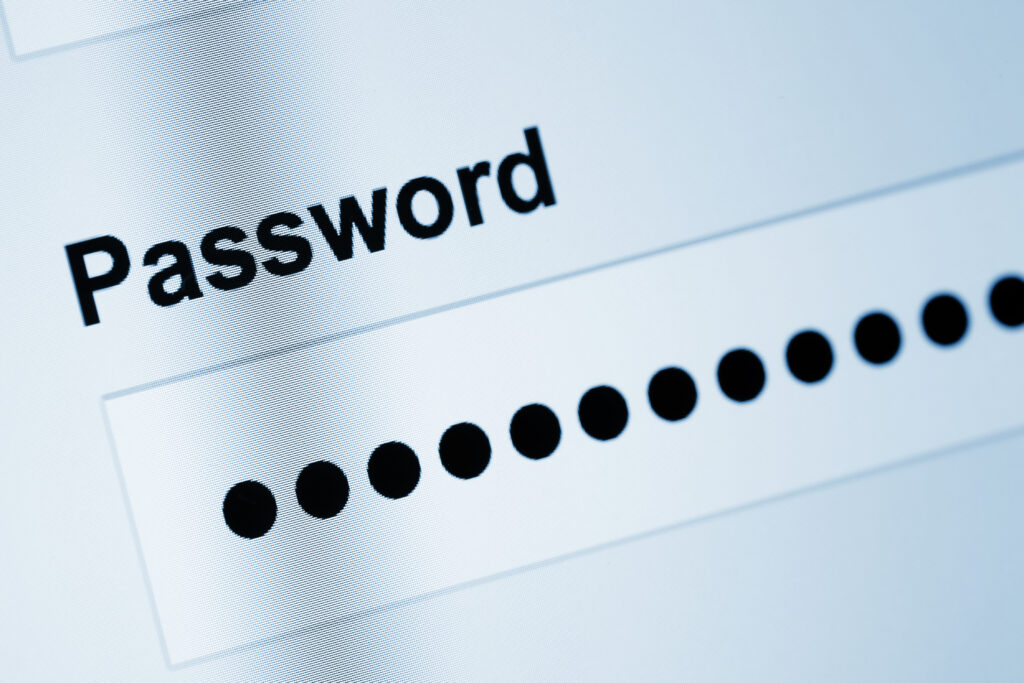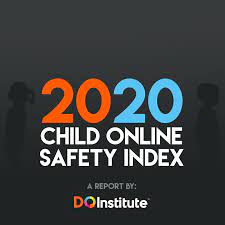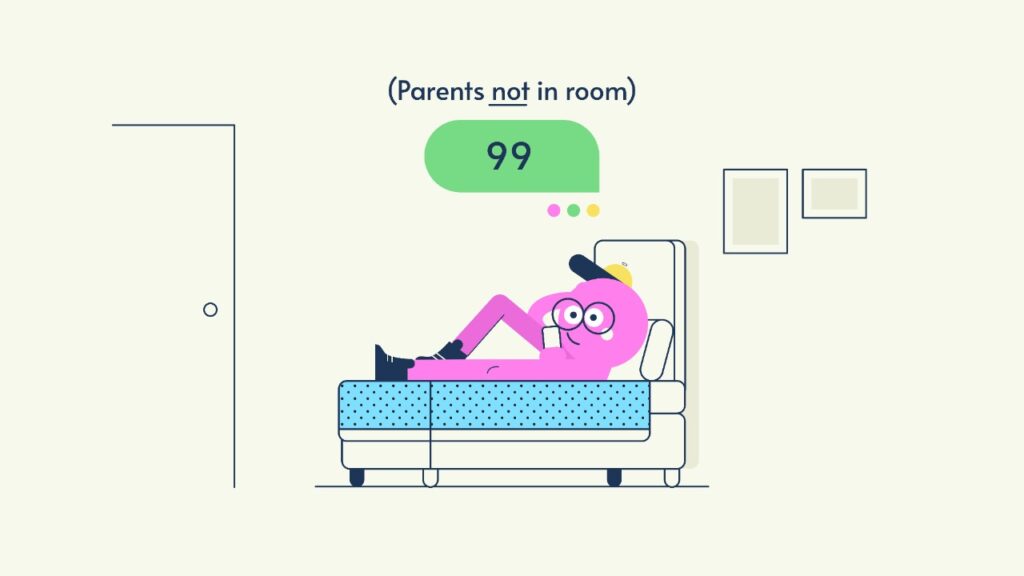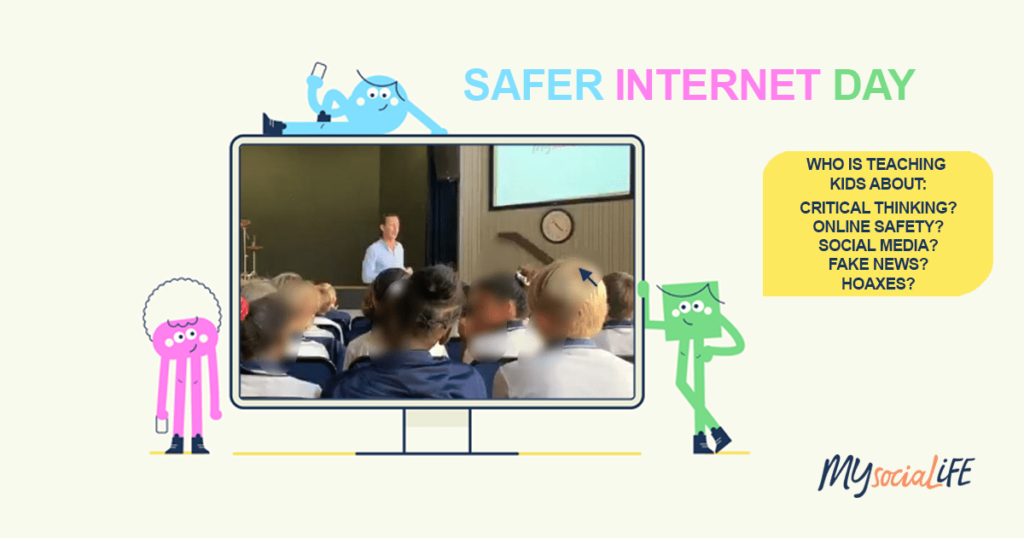World Password Day 2023
World Password Day is observed on May 4 this year, and it is a day when people are reminded of the importance of strong passwords in protecting their online accounts. With the increase in cybercrime, it has become essential to secure our digital lives, and the first step towards achieving this is by having strong […]
World Password Day 2023 Read More »





